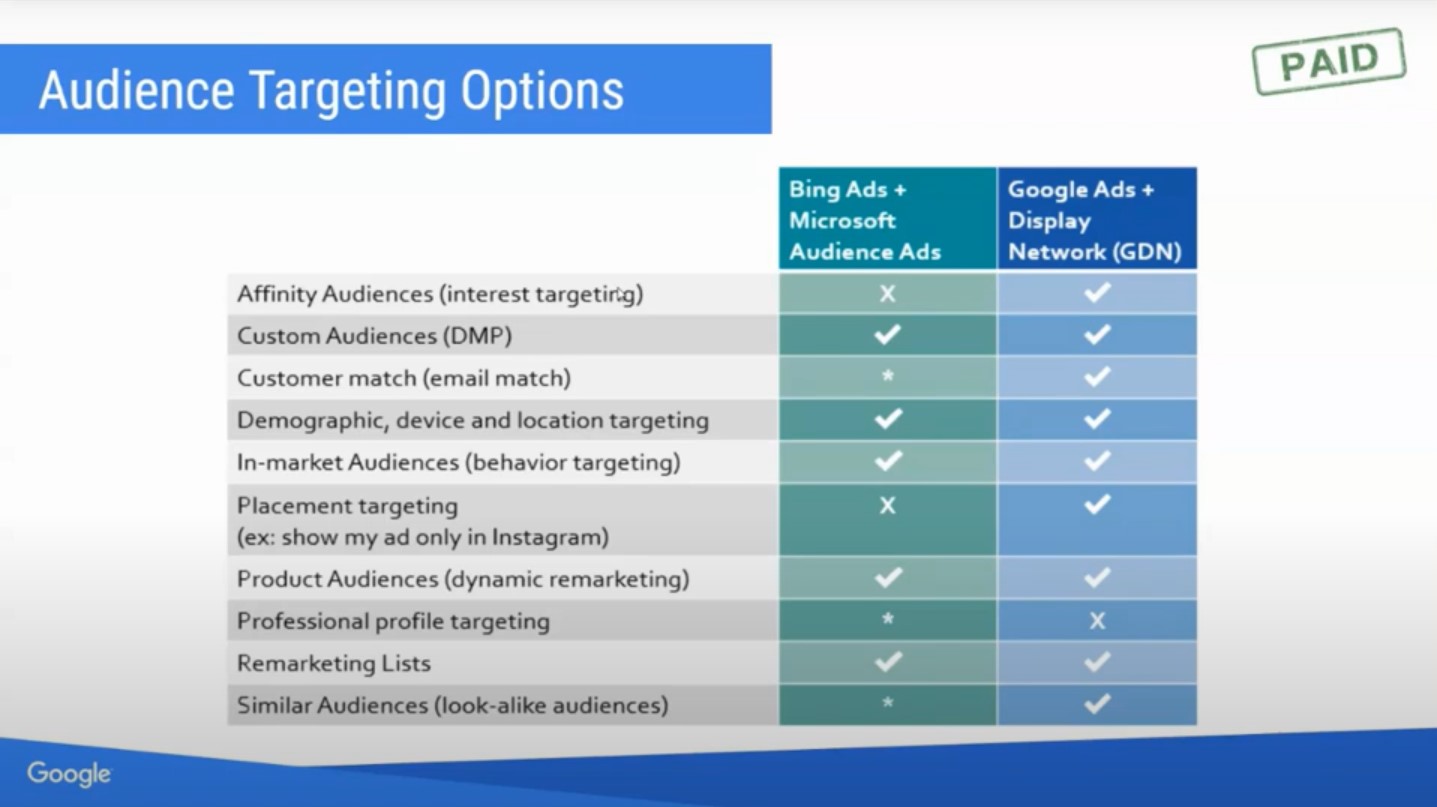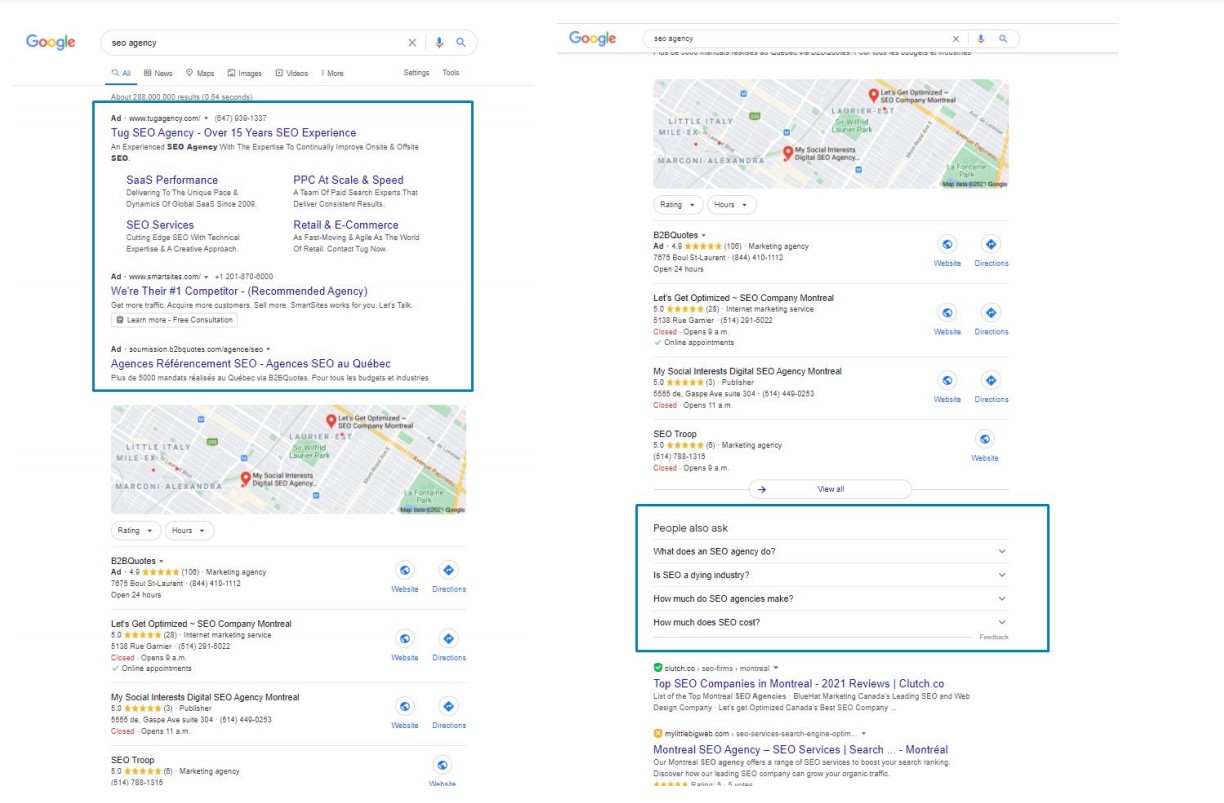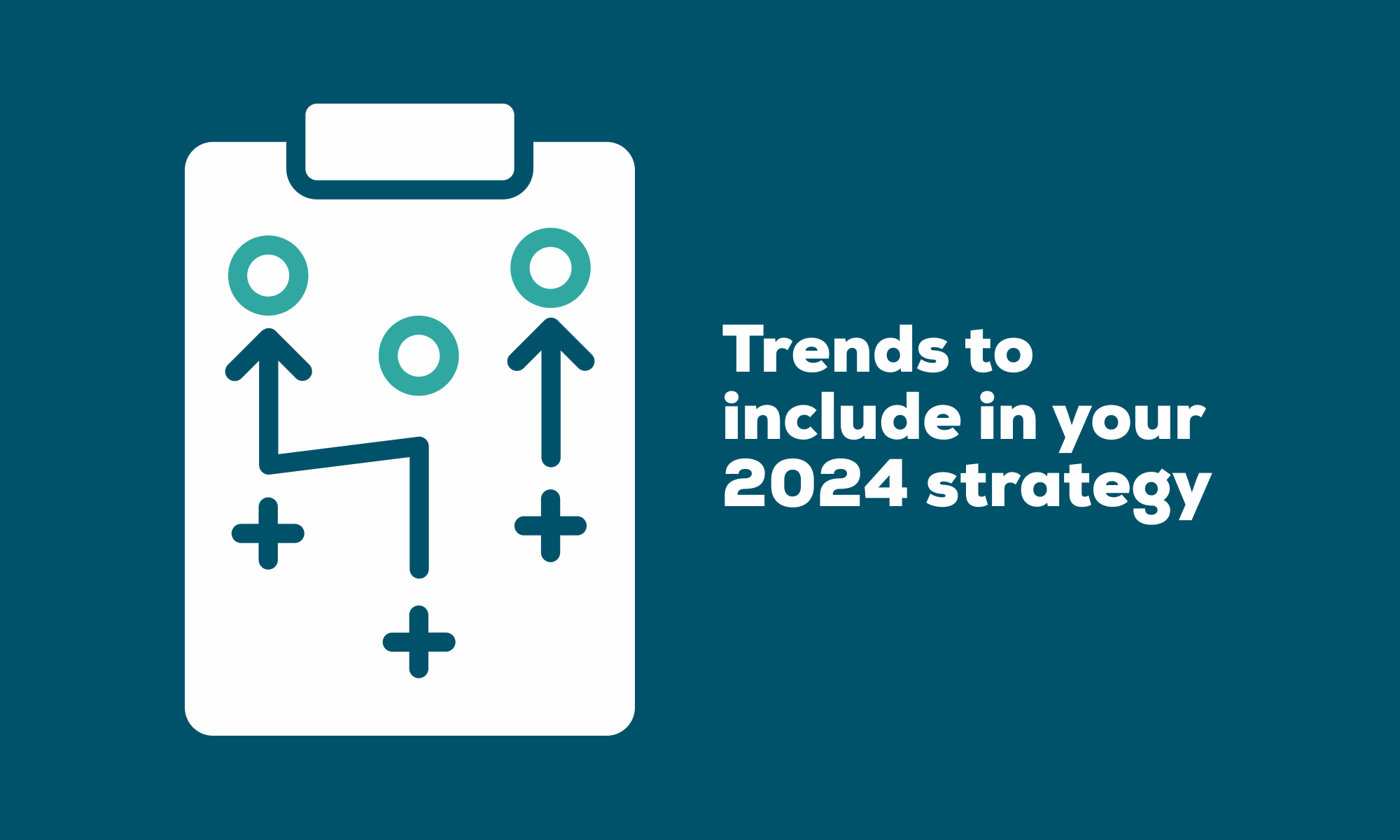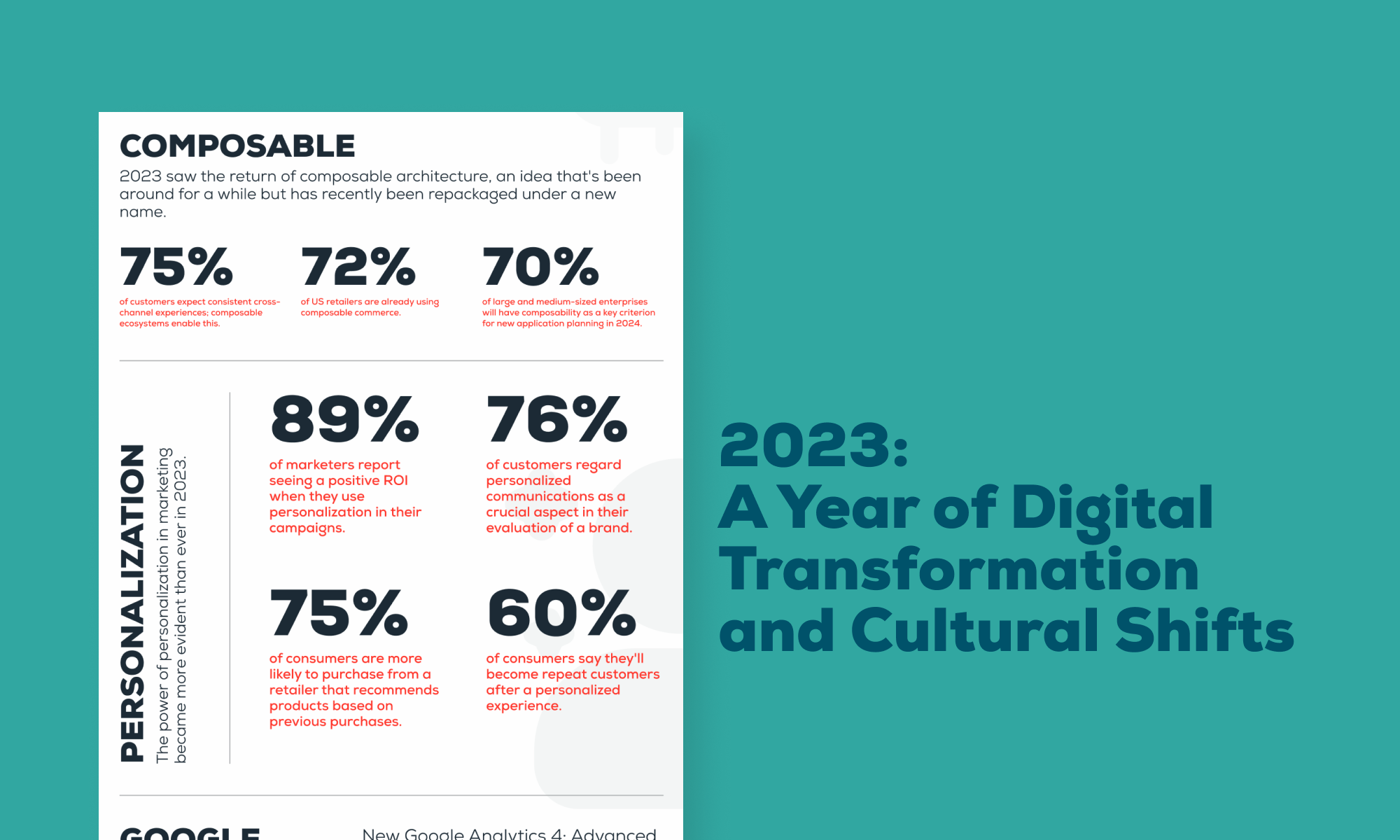This is a guest post contributed by our client Bechara Jaoudeh, CEO & Founder, Philly Marketing Labs
Is your website selling for you, or is it a brochure stuck in the past?
I want you to think of your website as the center of gravity for your company’s digital presence. Search, email, video, social media—they all invite people to visit your website. So, is your website your top salesperson? Does it convert prospects into customers, or is it just a digital catalogue?
Why is it so vital that your website is selling at peak performance?
In B2B leadgen, remember that for 50% of industrial customers, the last point of influence is online.
89% of B2B buyers use the internet during the B2B research process, and more than 70% of those queries are made on smartphones. Is your website modern, responsive, and up to the challenge?
Understand Your Audience’s Journey
In the past, marketing was mass marketing. It was a one-way channel, broadcasting a single message to everybody via TV, Radio, Billboard and print ads.
Today, however, technology has changed everything. The rise of the internet and especially social media had enabled the development of segmentation and persona marketing. Now, marketers can reach out through different devices—mobile, laptop, tablet—and across various channels, including social media, email, and video.
Today’s buying journey is more complex than ever before. When considering how to optimize selling via your website, remember that while the buying journey is heavily fragmented these days, online research is a big factor in the B2B buying decision, and not just for B2C. Your customers will be segmented across devices and channels, and more of them than ever (60%-70%) will be experiencing your site via mobile devices.
Attract Your Audiences
So how can you drive B2B leads through your website? It all begins with keywords and intent through a search query.
Keyword searches are the first time in history when we can get in front of a prospect the moment they ask about a product or service. 57% of the purchase process happens before customers reach out to you, so your digital content needs to be working on your behalf before your customers ever get in touch.
PAID ADVERTISING
Relying on organic search for your search engine marketing (SEM) is a steep hill to climb these days (I’ll have more to say about that below), and online is now primarily a pay-to-play market. To win with paid online advertising, you need to understand some basic strategies:
- Keyword Intent: aka descriptor of the keyword
- Navigation Intent: searching for something specific (e.g., wanting to get on Symetris’ website and typing “Symetris” in Google). However, this is not necessarily in the buying process, so we want to stay away from that in paid advertising.
- Research Intent: high level, broad and very educational searches (e.g., typing “how to set up a PPC campaign”). If you want to target this, you should post articles, blogs, and other informational content.
- Purchase intent: these types of keywords tell us that this person has gone through the research process, has identified what they need and is now looking for someone to buy it from (e.g., “Drupal agency in Montreal”). These are the best keywords to focus on for driving sales and leads.
When the search criteria match the problem description and the solution description, the conversion of all three elements is relevance, and that’s where you want to focus your spend. For example, if I’m searching for a red umbrella, I see an ad for a red umbrella, and I go to the landing page where I see a red umbrella for sale. That is relevant paid advertising in action.
But this is all rudimentary knowledge, the basics. So how can you stand out? What can you put in place on top of these general strategies?
Audience targeting options
There are numerous options to add value and improve the yield of your marketing dollars. Consider the following:
- Affinity audiences: adding interest targeting on top of keyword targeting to laser in on your ultimate target audience
- Custom audiences: similar to affinity audiences but with further tailoring of the interest groups
- Customer match: running your customer database through Google to get more information about customers and approach them with a value-added solution
- Demographic, device and location targeting
- In-market audiences: target an audience that Google has determined is currently in the buying process for purchasing a specific product or service
- Placement targeting: displaying ads on specific platforms
- Product audiences: targeting an audience that has already visited a specific page of your website
- Professional profile targeting: targeting particular job titles on LinkedIn through search on Microsoft Bing. This is still a beta version but is an exciting opportunity to keep an eye on
- Remarketing lists: using cookies on audiences who already visited your website to appear first in their search next time
- Similar audiences: telling Google to target audiences who have similar browsing behaviour to those searchers who have already converted to customers on your website
ORGANIC ADVERTISING - SEO
We used to do a lot of SEO back in the day, but reduced the amount that we do today mainly because Google has fought against it.
When you search nowadays, the top search results are ads and relevant similar searches. You only get to real organic SEO after scrolling down past these. This means that 80% of the clicks will be made at the top of the page.
As I mentioned earlier, organic today is an uphill battle. Instead, at Philly Marketing Labs, we focus our clients’ spend and focus marketing dollars on tactics that drive the most results.
That being said, I still encourage you to ensure you have at least a basic SEO presence. This will ensure that, at the minimum, your website is searchable and accessible.
Remember to include these basic on-page and off-page SEO features to build your SEO presence:
On-page SEO:
- Internal links
- Keyword selection
- Meta description
- Header tags
- Title tags
- Content
- ALT tags
Off-page SEO:
- Backlinks: external/internal links, anchor text, social media links, quality press and blog links, local and industry listings
- Engagement: social media activity signals, website experience, content freshness, comments and feedback
- Technology: security (SSL), speed, mobile responsiveness, geo-targeting signals
Converting and Retaining
What does it take to get your website selling? A big factor is conversion rate optimization (CRO).
Conversion Rate Optimization
Conversion rate optimization (CRO) is all about maximizing the percentage of users who convert during a visit to your website, whether that conversion is purchasing a product, adding an item to their cart, signing up for a service, filling out a webform, or clicking on a link.
Several factors play into boosting your CRO, but the primary one is that for someone to convert, they need to buy in and believe in the value proposition your website has to offer. Your value proposition is the vehicle that provides the potential for your conversion rate and is the most important factor of all.
Other factors that can increase conversion include:
- Relevance: does your web page deliver on what your prospects expect? Does it match their needs?
- Clarity: how easily is your value proposition communicated? This includes eyeflow, imagery, copywriting and calls-to-actions on a page. If you’re the best at your craft, but it’s not clearly communicated on your website, you’re going to lose out.
- Urgency: how are you matching the visitors’ internal urgency and creating external incentives? Fear of loss and scarcity are good strategies to use, even though they are easier to put in place in a B2C space than in a B2B space. A good example for the B2B space is using timelines to induce urgency (e.g., “Order today to beat long lead times!” or “4 week lead time!”)
On the other hand, some factors can decrease conversion. These include:
- Anxiety: what elements on the page could be creating uncertainty for your prospects and preventing them from taking action? If, for example, you have a long contact form asking for a lot of personal details to have a first quick call to learn more about your services, your prospect might pass on the occasion to contact you right away.
- Distractions: is your website content diverting visitors away from your primary goal? Keep this in mind when adding links to your body content. Just because it can be linked doesn’t mean that it should.*
*Internal links can be an exception here, particularly if they support the buying process or help customers further understand a product. Make sure, however, that the page design includes a button or other system that takes me back to my conversion.
In all cases, be careful not to generalize. Look in Google Analytics for the page’s conversion rate. Create an experiment with different strategies and then compare metrics to see if a particular element is harming or benefiting your conversion.
I know that if you follow these strategies, they will help you maximize your B2B exposure by driving performance through your website.




